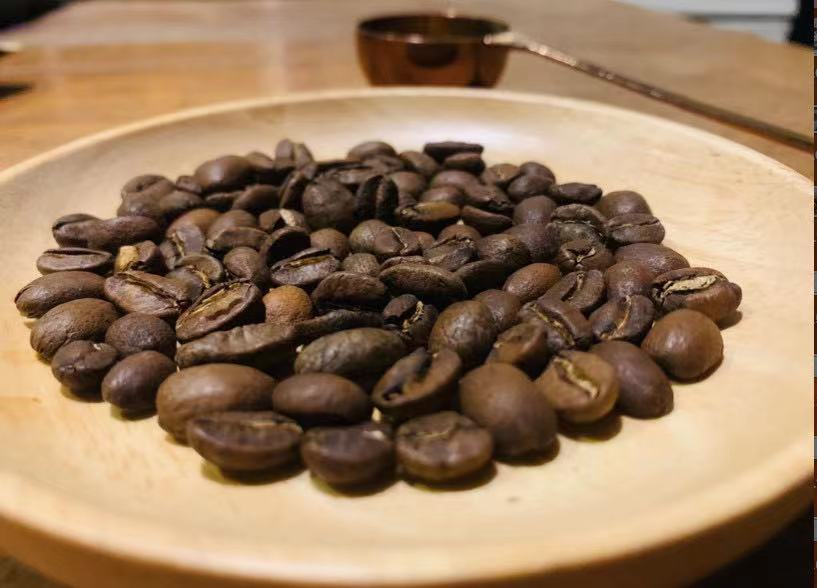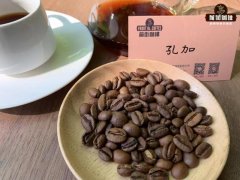What's the difference between individual coffee and espresso? Is a single cup of coffee made by hand?
What is a single coffee?
Single coffee refers to coffee made from coffee beans from a single origin.
Individual coffee can be traced back to the origin of coffee, not only the country of coffee production, but even the land where coffee is produced, through knowing the owner of the coffee farm, going deep into the origin of coffee, understanding the story of the origin of coffee from the source, and purchasing raw beans.

What is espresso?
Italian coffee (Espresso), which originated in Italy and means "very fast" in Italian, is characterized by the use of steam pressure to extract the coffee liquid in an instant. All Milk Coffee or Fancy Coffee is based on Espresso.

What's the difference between individual coffee and espresso? Hand-brewed coffee refers to hand-brewed coffee, the coffee beans commonly used in hand-brewed coffee are individual coffee beans, and Italian coffee is an espresso liquid extracted by high pressure using an Italian coffee machine. Generally speaking, the coffee beans used in espresso are blended beans (there is also espresso made from individual coffee, which is called SOE).
Popularize the science here.
Individual coffee is synonymous with black coffee.
Black coffee, Black Coffee, just coffee, no milk, sugar, syrup and so on. The Cantonese word for "fasting coffee" and the "black coffee" among the noble women in Shanghai all make this interpretation.
Perhaps it is because the coffee in the old days was difficult to swallow without sugar and milk, so that the definition of individual coffee was extended. It was still a cup of black coffee when it was produced, and the guests were allowed to add it with sugar milk.
At present, the largest range of "single products" is a single manor or cooperative. Some large estates are divided into many plots, which give rise to a single site, or even small batches, and so on. Encouraged by various raw bean competitions and policies, coffee farmers spare no effort to grow and deal with them as if they were groups of independent experiments.
It is enough to interpret a single product as a "single source". As for the area range, altitude range, particle size, harvest time, treatment, etc., it will not affect the "consistency" (the definition of consistency in the cup meter). There is no problem. The scope is so narrow that it seems a bit of a pain in the neck.

Blended coffee is a combination of two or more coffee beans of different varieties, different producing areas and different roasting degrees according to a certain demand. However, this is not a random match, but needs to be carefully calculated by the assembler.
But this does not mean that mixed coffee beans are suitable for Italian coffee, and individual coffee beans are suitable for hand-brewed coffee. In fact, this is also a historical "hidden arrangement". The rise of hand-brewed coffee is when the concept of fine coffee is widely spread. what boutique coffee promotes is to separate coffee beans from commodities and establish the coffee flavor of each independent producing area. it can improve the quality and flavor of coffee. With the help of this opportunity, the brewing way of hand brewing can well and simply show the flavor of coffee producing areas, while high-quality individual coffee beans are endorsed by hand, which complement each other and form today's trend.
Important Notice :
前街咖啡 FrontStreet Coffee has moved to new addredd:
FrontStreet Coffee Address: 315,Donghua East Road,GuangZhou
Tel:020 38364473
- Prev

Overview of Ethiopia Green Coffee beans Why buy Ethiopian Green Coffee beans
Coffee beans in the Yirgacheffe Yegashifi, Sidmao Sidamo, Harrar Hara and Limulim regions are located in the Ethiopian highlands and account for 63 per cent of Africa's contribution to the global supply of raw coffee beans according to regional symbols. Ethiopia has long been coveted for its famous Arabica coffee tree and its aromatic and rich coffee beans. Yirgac of Sidamo province
- Next

The history of coffee beans, the origin of coffee, the spread and development of coffee. How did coffee come from all over the world?
Coffee beans originated in Ethiopia, but the country that pushed coffee to the world was Yemen across the Strait of Mande. this was also because Ethiopia did not attach importance to coffee and had no standardized management at that time, and was amputated by other countries. But fortunately, now the African lion is awakening and is pushing it around the world with lightning. Coffee crossed the Red Sea in the 17th century.
Related
- Detailed explanation of Jadeite planting Land in Panamanian Jadeite Manor introduction to the grading system of Jadeite competitive bidding, Red bid, Green bid and Rose Summer
- Story of Coffee planting in Brenka region of Costa Rica Stonehenge Manor anaerobic heavy honey treatment of flavor mouth
- What's on the barrel of Blue Mountain Coffee beans?
- Can American coffee also pull flowers? How to use hot American style to pull out a good-looking pattern?
- Can you make a cold extract with coffee beans? What is the right proportion for cold-extracted coffee formula?
- Indonesian PWN Gold Mandrine Coffee Origin Features Flavor How to Chong? Mandolin coffee is American.
- A brief introduction to the flavor characteristics of Brazilian yellow bourbon coffee beans
- What is the effect of different water quality on the flavor of cold-extracted coffee? What kind of water is best for brewing coffee?
- Why do you think of Rose Summer whenever you mention Panamanian coffee?
- Introduction to the characteristics of authentic blue mountain coffee bean producing areas? What is the CIB Coffee Authority in Jamaica?

